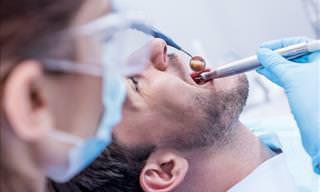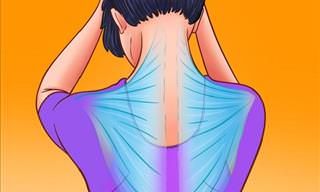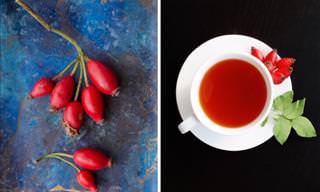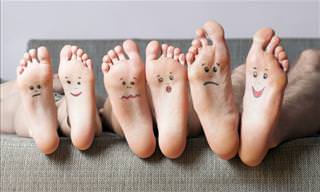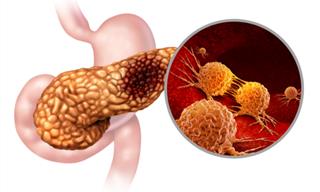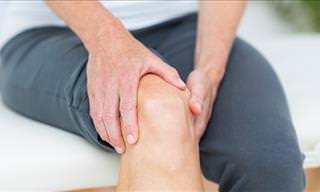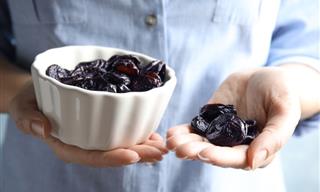Bad or painful knees are one of the most common causes of pain in the elderly, and can start at quite an early age due to extra stress on the cartilage, or due to injury. This damage is rarely healed by the body. Part of the reason this damage doesn't heal well is because the cartilage in the knee gets very little blood flow, something which body parts generally require in order to fix problems on a cellular level. Part of the standard treatment for knee cartilage is to make tiny holes in the area and let the blood pour in to encourage a healing process.
There are two problems with this method. The first is that the new tissue rarely replaces all of the damaged tissue, meaning that it is never a complete replacement. The second is that the space may fill with scar tissue instead of new cartilage, which isn't really a solution.
But a new method published in the journal of Translational Medicine has recently come to light. Scientists, including biomedical engineer Jennifer Elisseeff from Johns Hopkins University, propose the use of a replacement material - a hydrogel with some special properties.
The gel, which looks and behaves a lot like jelly, is injected into the knee as a liquid. However, once exposed to UV light, it hardens, providing a sort of scaffold for stem cells to attach to and grow on. The way it is built involves many bindings and criss-crossing fibers, to provide a very strong and stable structure.
To test this, Elisseeff and her team tried the method on 15 patients. They poured the liquid hydrogel into the patients' torn cartilage. After that, the surgeons shined the UV light and hardened the polymers in the gel.
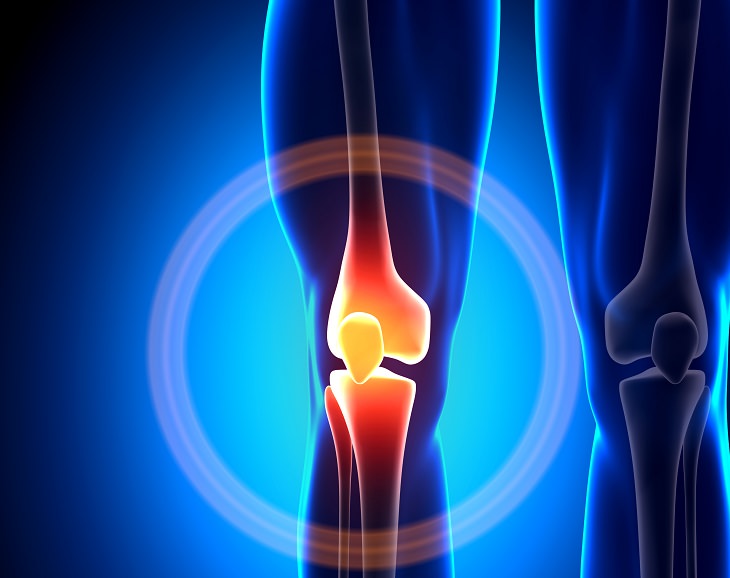
The results were very promising. The new cartilage filled 86% of the torn area. This was compared to 3 subjects who were treated in the standard way - for whom only 64% of the torn area was filled. In addition, the patients who got the hydrogel treatment, reported considerably less pain than the control group patients.
At the moment, larger studies are being held to test this method, but results seem promising, says Farshid Guilak, an orthopedic surgeon at Duke University. He adds that, with the advance of stem cell treatments, the efficiency of this system will only grow, as we will be able to use the body's own cells to facilitate faster growing cartilage, getting more people out of pain and back on their feet.
 Go to BabaMail
Go to BabaMail




